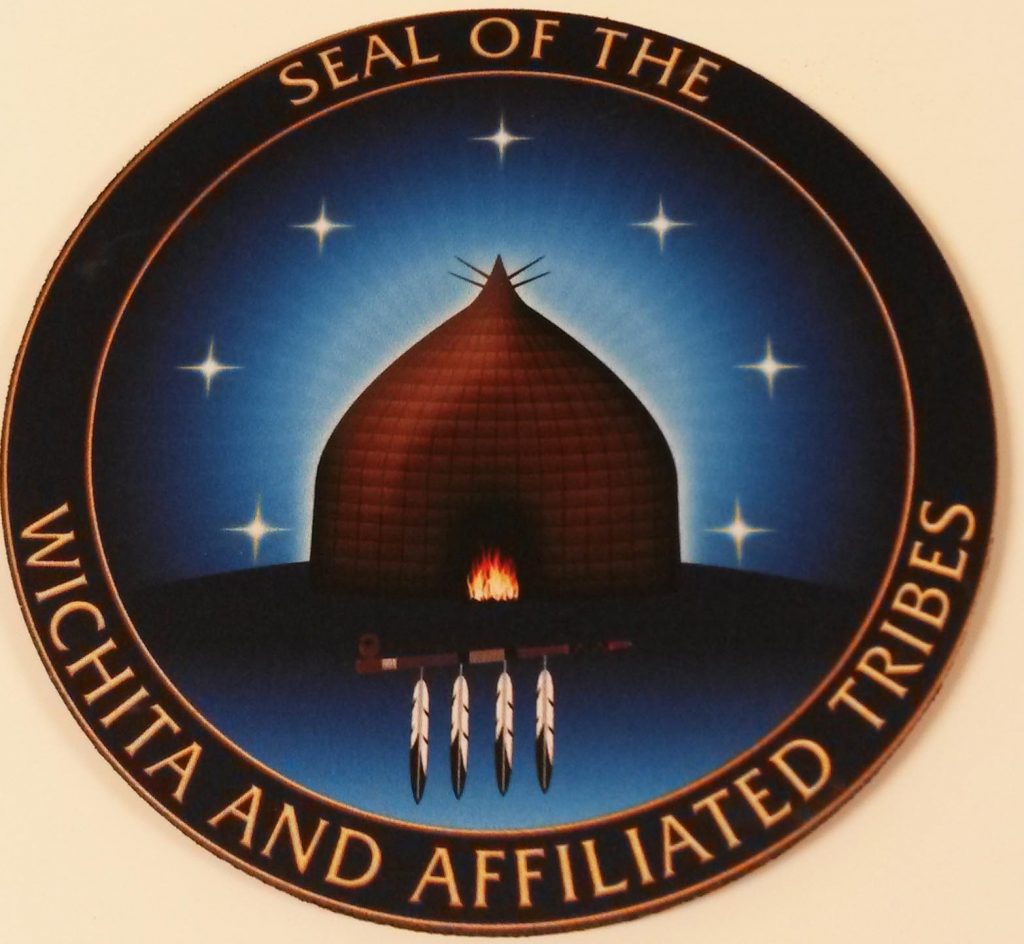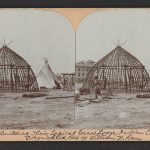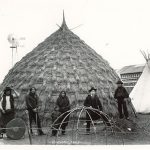Nothing will ever be able to compare to the experiences and overall life changing lessons I have gained over the course of this semester thanks to this class. Completely out of my element, I entered the Fall 2017 semester imagining all of the possibilities that were available to me in regards to the development of my research project, and felt completely humbled by the opportunity. I myself had never done research, or at least not yet during my academic career; I knew I wanted to attempt finding a project for least one semester, but never did I imagine myself doing something like this. This course has essentially taught me the importance of interdisciplinary as well as independent studies, and has not only encouraged me to step outside of my comfort zone due to the classes requirements, but as well as forced me to do so at times. The experience I had with this class overall was a good one in some aspects, while in others I feel like the joy and excitement to participate in a course such as this one had been completely eradicated and replaced with stress and confusion.
I started off this project with a partner, which was both a blessing and a curse within itself. I personally came into this project with an incredibly overwhelming sense of bias in regards to partner based work; in previous courses or experiences in general, I had several moments where I found myself doing the majority of the work or replacing my partner with someone else for an assignment or project simply because the person who had originally been assigned to me had failed epically to meet their share of the work. In my mind, I was prepared for the worst case scenario, as well as hoping this instance would be better, and I would not find myself in the predicament I had found myself in before: hating my partner based work. I never felt that it was fair, the unspoken expectation that came with partner projects; if your partner failed, you’d have to pick up their slack. This is why I committed 110% to this project from the moment that I applied to the course back in April, hoping I’d hear news of my acceptance into the project and class for the fall.
I knew that I would only be able to accomplish this sort of rigorous work if I had a partner, because unlike most students who sign up for this course, I had an incredibly heavy weighted semester ahead of me at the end of Spring 2017. This semester, Fall 2017, I would begin my term as President of my institution, as well as taking 15 credit hours, working as a Peer Leader / Tutor, serving as a Team Member on our Model United Nations team, as well as being a part of the organization I founded last year as its Founding President, and serving on our Multicultural Greek Council as well as the two positions I hold within my sorority. I have always had the habit of being incredibly busy, especially since I had moved from Dallas to this small, lonesome town known as Wichita Falls — the center of nothing and endless boredom for a city girl such as myself. If I would have known my partner would have dropped out of school at the most critical point in our project, and basically abandoned me when I needed the support the most, I would have never signed up for this course during the Fall. I would have waited to complete work like this during the spring, when I would have had more time to do it and less positions and extracurricular activities to attend to. Nevertheless, I feel as if it was necessary to go through this process as it was destined for me: alone.
One cannot speak about the experience and overall meaning this project had on my semester and life in general if I don’t acknowledge the rest of the aspects that compose my college experience for my final year at Midwestern State University. The rigor this course, as well as every other little thing I had going on, in my life — including the greatest accomplishment I have had at my institution, being the first Hispanic student to become Student Body President – changed me for the better. I could not have expected the turnout, nor would I trade it for anything else in the world. I would choose to participate in this course in a heartbeat again and again if asked to do so. In all honesty, one of the most difficult challenges I faced that was never truly addressed to my liking was the fact that I was indeed left alone; I wish there would have been a way to hold each of us truly accountable to the project and COPLAC in general. I personally didn’t feel like I could give myself the luxury of dropping the course since I had to sign up for an Independent Study to get credit for the work, and consequently added a substantial amount onto my tuition for the fall semester. I think that these types of projects can definitely be accomplished well alone if a person focuses simply on this assignment, and doesn’t have other things to address like I did; at least this is what I felt hindered my progress in general throughout the course.
Research within itself, especially archival work, is additionally difficult. Finding primary sources was one of the few things I had access to and others had advantages to throughout the semester because of the topic they had selected. I had decided, with the partner I had initially, to research the Wichita Indian population, instead of selecting a project that would have been easier and more accessible because I believed that with the support of one another, we could uncover something incredible that has not been given justice in our city at all. Despite the outcome, I would say that the project within itself is a wonderful start to something greater. Doing research will essentially change the course of your project, and take you down a journey within itself, and put pieces of a puzzle together that you had no clue you were trying to connect in the first place. Of course in the general overview of this research in general, I would say that it is an incredibly rewarding experience to see you project come to life; having creative control entirely in regards to the project is a wonderful advantage to have. Being able to create a design that is completely to your liking is soothing; you don’t have to discuss quirks and mechanics with another individual, nor will you find yourself arguing or stalling the addition of certain aspects of your site. I think that one of my favorite aspects of this project was the creation aspect: using digital tools to create a digital project that can be virtually shared with anyone is incredible.
I think one of the things that not a lot of people acknowledge is the “classroom” component of this course. We must remember that before we dove into the independent research and work that was done individually; we essentially were enrolled in a virtual classroom. A classroom that connected us virtually across the nation, and enabled us to meet with people we may have never had the chance to do so otherwise. I wish I could say I made a friendship or too out of this experience, but unfortunately there was little to no personal connection on my end in regards to the students in the class since there was no real opportunity to do so. After my partner dropped out, I completely gave up on social media – twitter specifically – because I simply don’t have time to waste on social media, and focused on more important aspects of this class that truly impacted me. I think that on my part, this may be a reason why I didn’t find a connection to spark with any of my classmates, but truth be told, I have never been a fan of this whole concept: making friends online; there is literally no possible thing (in my opinion) that can replace physical, face to face human interaction. Although for me this was a component to the course that lacked impact on my experience, I do appreciate the ability to converse to some extent with people who may have something different to offer in the field of academia that I may have missed through the lens in which I view life itself. I am an individual who craves human interaction, conversations that invoke empathy from one another, and the intimacy between human connection over shared life experiences or stories is what truly excites my learning curve as I continue through the realm of academia, a sentiment that I hope is shared among other students. My blog for example, the production of my interaction within the class, is honestly my favorite part of the class; I took the time to learn the mechanics of WordPress and personalize every single part of the site. I shared this website with my friends, family, colleagues and anyone who was kind enough to give me input; everyone who came across the site mentioned they loved it, and that it was interesting and personal, something that other blogs lacked. I took the time to ensure I blogged at least twice a week, to help keep a true day to day log of what I had going on in regards to the project.
Jump starting into the role of a campus leader and working in higher education while still being a student has also forced me to see the importance of diversity in our academic opportunities; I would personally appreciated more diversity amongst not only my classmates, but those who I assume are in charge of these types of courses as well – after all, this is a Liberal Arts chain of research. As a Hispanic woman, some topics that were covered in the class felt difficult to discuss, seeing that those who spoke on the topic could never truly understand the meaning behind the matter at hand. In retrospect, as a woman who has essentially broken down an endless amount of barriers at not only my institution but in this new community I called home, this lack of diversity didn’t have a lasting negative impact on my experience overall. It’s important to note that this type of opportunity has an everlasting affect on my life in general despite all the little challenges or huge obstacles I had to face alone; I am grateful to have been shown the importance of research and proper documentation of our history as well as showing me that I am capable of creating a project such as this with little to no help at all – although guidance and advice was offered throughout the project, the physical work was completed by myself – and it is an incredibly empowering feeling. I absolutely loved how engaged and interested the professors and Leah Tams were throughout the course; I think that this is an element of the course that should definitely not be ignored, because although this project is to be done on your own, their purpose is to spark curiosity and encourage scholarly work to be produced each and every day. I really appreciated their patience and genuine interest in the development of the project each and every one of us had overall, and wish that more professors and mentors expressed this sentiment towards their students.
Summarizing the experience I have had throughout this semester in a few words is impossible; words will never suffice, nor could they ever be able to describe in detail what an opportunity such as means to me. I am humbled to this day to have been able to take part in a class such as this one, and can honestly say that I will take away with me a lot of different skills from this course such as embedding and website design for example – who would have thought I would know how to create website because of this class? I truly hope that more people take the opportunity to take part in courses with COPLAC, because despite all of the ups and downs, I can truly say this has been an experience of a lifetime that means something different to each and every one of us who participated – thank you all for such an amazing experience – I wouldn’t have it any other way.



